-
How does it feel?
-
What can I use it for?
 False unicorn root should only be used under the supervision of a medical herbalist and only when all other herbs have failed to produce the desired results. This is largely due to the fact that false unicorn root is an ‘at risk’ plant but also because many of its common applications for reproductive conditions and fertility need to be addressed by an experienced practitioner.
False unicorn root should only be used under the supervision of a medical herbalist and only when all other herbs have failed to produce the desired results. This is largely due to the fact that false unicorn root is an ‘at risk’ plant but also because many of its common applications for reproductive conditions and fertility need to be addressed by an experienced practitioner.Herbalists are highly trained professionals who understand the nuances of illness and of herbal prescribing. This means that they are able to identify the underlying cause of illness and treat accordingly- as opposed to purely treating the symptoms i.e. pain relief for headaches. This knowledge and experience is essential for the effective treatment of ongoing health problems. Not all herbs are suitable for everyone and a herbalist will always create a bespoke treatment plan to suit the unique circumstances of their patient.
False unicorn root has some major sustainability issues. The wild populations of this plant in its native habitat have fallen to levels which are described as ‘nearly non-existent’ and in the majority of states is classified as endangered. Endangered medicinal plants are often cultivated which takes pressure off of wild populations. However false unicorn root is very difficult to cultivate which means that viable options for sourcing this herb sustainably are rare and concentrated to the states. More information on the sustainability of this plant can be found in the ‘sustainability’ and ‘how to grow’ sections.Due to these sustainability concerns it is important to consider more sustainable alternatives to this plant. There are many herbs that can be used to support female reproductive health in similar ways to false unicorn root. Some herbs to consider are discussed in the ‘what practitioners say’ section.
-
Into the heart of false unicorn
False unicorn root is thought of as an excellent herb where there is heaviness and congestion in the pelvis. There are many traditional and modern references that recount that patients with this presentation may experience a sensation that the pelvic organs are ‘falling out’ or of a full feeling in the lower abdomen or pelvic region.
The conditions that are indicative of stagnation or poor movement of circulation in the pelvic region may be seen as atony of the bladder or uterus, pelvic engorgement and congestive pain before periods. All of which would all be benefited by this plant or similar herbs such as motherwort, dang qui or true unicorn root.
A classic presentation for pelvic congestion may also show up with a history of haemorrhoids, varicose veins of the legs and labial varicosities. False unicorn root has a wider spread tonic action which may be of benefit to the digestive and urinary systems in addition to the reproductive. It is suitable for those with a nervous temperament and feeble or weak constitution (12).
-
Traditional uses
False unicorn is widely used by Native Americans as a woman’s herb. Traditionally, it was used to prevent miscarriage, treat menstrual problems, and improve fertility. These traditional uses still stand up in modern medicine as false unicorn root has held its place as one of the most popular plants for reproductive issues in women- much to its detriment.
In the Kings American Dispensary, Volume 1 written in 1898 Lloyd and Felter write ‘the diseases of the reproductive organs and especially the uterus, it is one of our most valuable agents acting as a uterine tonic and gradually removing abnormal conditions, whilst at the same time imparts tone and vigour. Hence it is used in leucorrhea, amenorrhea and dysmenorrhea and to remove the tendency to repeated successive miscarriages’ (11).
-
Traditional actions
Herbal actions describe therapeutic changes that occur in the body in response to taking a herb. These actions are used to express how a herb physiologically influences cells, tissues, organs or systems. Clinical observations are traditionally what have defined these actions: an increase in urine output, diuretic; improved wound healing, vulnerary; or a reduction in fever, antipyretic. These descriptors too have become a means to group herbs by their effects on the body — herbs with a nervine action have become the nervines, herbs with a bitter action are the bitters. Recognising herbs as members of these groups provides a preliminary familiarity with their mechanisms from which to then develop an understanding of their affinities and nuance and discern their clinical significance.
-
Traditional energetic actions
Herbal energetics are the descriptions Herbalists have given to plants, mushrooms, lichens, foods, and some minerals based on the direct experience of how they taste, feel, and work in the body. All traditional health systems use these principles to explain how the environment we live in and absorb, impacts our health. Find out more about traditional energetic actions in our article “An introduction to herbal energetics“.
-
What practitioners say
 Reproductive system
Reproductive systemFalse unicorn is one of the primary herbs used as a specific tonic of the female reproductive system. It has a strong and successful history of use for women who have experienced recurrent miscarriages related to uterine and cervical weakness as well as hormonal imbalances.
The tonic action of false unicorn is associated with its oestrogen like action upon the endothelium. False unicorn nourishes and supports the endothelium and uterine lining. It is this specific reproductive tissue that is so important for the maintenance of a successful pregnancy. False unicorn also increases circulation to the pelvic area in general which is another mechanism by which it is applicable for such a wide range of reproductive conditions (6, 11).
It has been used for endometriosis, and ovarian cysts and also to help heal the uterus after pregnancy, birth, abortion miscarriage or surgery (11).
Another mechanism by which false unicorn works is as a mucous membrane tonic as a secondary action to improved pelvic circulation and oestrogenicity. This would explain how it is also valuable in aiding women with low cervical mucous, as well as women with amenorrhea (absent menstruation). It encourages the proper functioning and maintenance of the mucous membranes throughout the female organs and therefore it is able to enhance its secretions as well as the structural health of the tissues themselves.
False unicorn is indicated for use in uterine prolapse. There was a case report where a tincture of false unicorn root was given every hour during threatened miscarriage- bleeding and cramping were stopped and human chorionic gonotropin (HCG) levels rose (4).
Its application for fertility issues is most appropriate where low oestrogen activity is impacting ovulation. It is believed to work by interacting with oestrogen receptor sites of the hypothalamus and therefore increasing oestrogen. These actions are likely due to one of its compounds called diosgenin- a hormonal precursor. Elevated oestrogen levels aid the ovaries in releasing a mature egg at ovulation thus increasing the chances of conception (11).
False unicorn is also sometimes used for male infertility, spermatorrhoea, prostates hypertrophy, impotence and sexual dysfunction (12).
Alternative herbs
The causes of fertility problems are multifarious and may be rooted in a number of different imbalanced physiological functions such as; male or female hormone imbalances, reproductive tissue dysfunction, poor overall health and many other circumstances. A herbalist would assess each patient to ascertain the cause of any health complaint on a case by case basis. The treatment aim is to address the underlying cause often using a combination of herbs, lifestyle and dietary interventions.
False unicorn has excellent traditional reference for use in fertility issues which is likely its most popular use in herbal medicine however it is not suitable for everyone. There are many more sustainable and possibly more suitable herbal alternatives to consider which are discussed here:
- Tribulus (Tribulus terrestris) may be used to modify certain reproductive hormones such as testosterone, progesterone, estrogen, FSH and LH. Tribulus may therefore be included in a protocol for fertility problems depending on their nature.
- Motherwort (Leonurus cardiac) is an effective reproductive stimulant due to its deeply nourishing effects on the female reproductive system. It is specifically indicated where menstruation is delayed or suppressed as a result of emotional tension (9).
- Chaste berry (Vitex agnus-castus) can be used to regulate certain reproductive hormones such as progesterone, estrogen, FSH and LH. Vitex is appropriate to use if there are problems with conception linked to disrupted menstrual cycles, for example affecting ovulation or later implantation. It is also sometimes used for endometriosis, PCOS (poly-cystic ovary syndrome) and PMS (pre menstrual syndrome) (8).
- Raspberry leaf (Rubus ideus) may be considered as an effective uterine tonic to help restore the balance and tone of the reproductive organs.
- True unicorn root (Aletris farinosa) shares many specific actions with false unicorn root particularly for weakness of the uterine muscles and prolapse. True unicorn also shares in the presence of diosgenin one of the active compounds that stimulates oestrogen activity.
- Partridge berry (Mitchella repens) is also sometimes used as part of an integrated approach in the prevention of recurrent miscarriage (4). It is another herb that is thought to increase oestrogen.
- Dang gui (Angelica sinensis) is a potent female reproductive tonic and menstrual regulator. It is sometimes used for amenorrhea as well as fertility problems by promoting the menstrual cycle. It increases circulation to the reproductive organs and supports the endometrium as well as being a hormonal amphoteric, increasing the circulation of estradiol (6, 7).
- Maca (Lepidium meyenii) is also used as a tonic to the female reproductive system, and improves libido. Maca may also help with fertility issues. Maca is also used for support in hormonal conditions, including PMS, menopause, and hot flashes (6). It can support women’s hormonal health in every life stage (10).
-
Research
Unfortunately despite being a valuable medicinal plant with a rich and impressive history of use- there are currently no studies on this plant.
Additional information
-
Botanical description
False unicorn is a lily-like plant with a basal rosette of oval leaves and one or more, 2-4 ft. flower stalks, each topped with a spike of white flowers. Its wand-like stem is often drooping at the tip, rising from a basal cluster of leaves and bearing a densely packed, elongated, terminal cluster of tiny white flowers. Male and female flowers are on separate plants, the male bearing a white, feathery 4-8 in. raceme and the female a shorter and more slender spike. The male flowers have a yellow tint from the colour of the stamens, and the raceme, at first erect, becomes curving.
-
Common names
- Helonias
- Blazing star
- Devils bit
- Fair wand
- Chelonia’s
- Starwort
- Star grass
- Unicorn root
-
Safety
False unicorn root should only be used during pregnancy and lactation under the supervision of a medical herbalist.
-
Interactions
None known
-
Contraindications
None known
-
Preparations
- Tincture
- Decoction
- Liquid extract
-
Dosage
A very small amount of false unicorn root can produce impressive results.
Decoction: Place between 1-2 g in pan of around 1 cup of water, bring to the boil then reduce to a simmer for around 15 minutes. Strain and drink twice a day.
Tincture (1:5 in 45% alcohol): Take between 2-5 mL in a little water three times daily.
Liquid extract (1:1 in 45% alcohol): Take between 1-2 mL in a little water three times daily.
-
Plant parts used
- Root
- Rhizome
-
Constituents
Steroidal saponins – chamaelirin and helonin (based on diosgenin) (12)

-
Habitat
False unicorn root is native to northeast America with a natural range stretching from Florida north to New York and west to the Mississippi River. Most of the significant wild populations of this plant exist in the southern portion of its range. False unicorn likes to grow in moist, acidic soil located in partially to fully shaded areas in rich open woods or under the shade of hardwood trees and conifers, wetland meadows and thickets.
-
Sustainability
False unicorn root grows natively in North America. It is classified as critically endangered in many states and for a wide range of its natural habitat it is completely extirpated (1). Many sources state that it is virtually non-existent in the wild which makes it one of the most valuable roots to sell along with wild American ginseng (2).
There are a number of sustainability issues that are faced by this plant. The majority (90%) of that supply of C. luteum root is wild harvested. It is also threatened by habitat loss in mesic areas, and hydrological change (1).
Cultivation of endangered medicinal plants often helps to take the pressure off of wild populations. However, is not yet understood how to successfully cultivate false unicorn root. It can be germinated from seed, but it takes years to grow. It needs a certain type of soil to thrive, and it produces both male and female flowers, which complicates its ability to reproduce under cultivated conditions.
Despite this plant’s endangered rating CITES (Convention for International Trade on Endangered Species of Wild Fauna and Flora) have not yet included false unicorn in Appendix II which would put restrictions on international trade. However, there is growing support among conservation groups to consider petitioning for this to happen (3). Many alternative options for this species are discussed in this monograph.
Habitat loss and over harvesting from the wild are two of the biggest threats faced by medicinal plant species. There are an increasing number of well known herbal medicines at risk of extinction. We must therefore ensure that we source our medicines with sustainability in mind.
The herb supplement industry is growing at a rapid rate and until recent years a vast majority of medicinal plant produce in global trade was of unknown origin. There are some very real and urgent issues surrounding sustainability in the herb industry. These include environmental factors that affect the medicinal viability of herbs, the safety of the habitats that they are taken from, as well as the welfare of workers in the trade.
The botanical supply chain efforts for improved visibility (transparency and traceability) into verifiably sustainable production sites around the world is now certificated through the emergence of credible international voluntary sustainability standards (VSS). Read our article on sustainable sourcing of herbs to learn more about what to look for and questions to ask suppliers about sustainability. You can also learn more about false unicorn root sustainability issues in our article “Endangered plants and women’s health: Fertility herbs at risk“.
-
Quality control
False unicorn root material has been found to be adulterated with true unicorn root among other substances. It is important to check the supply chain and source this herb through reputable suppliers who can vouch for its authenticity.
Herbal Medicines are often extremely safe to take, however it is important to buy herbal medicines from a reputed supplier. Sometimes herbs bought from unreputable sources are contaminated, adulterated or substituted with incorrect plant matter.
Some important markers for quality to look for would be to look for certified organic labelling, ensuring that the correct scientific/botanical name is used and that suppliers can provide information about the source of ingredients used in the product.
A supplier should be able to tell you where the herbs have come from. There is more space for contamination and adulteration when the supply chain is unknown.
-
How to grow
False unicorn is not the easiest plant to grow. The following hopes to provide some clear steps to take in order to have the most success with this special but slow growing plant. Naturally false unicorn grows in rich open woods or under the shade of hardwood trees or a mix of hardwoods and conifers. It requires moist, acidic soil that drains well and has a pH range from 4.5 to 6, with a high humic content. If planting in a natural wood setting consider a conifer or mixed hardwood-derived loam, a sandy loam or bottom land, where leaf mulch does not accumulate for a planting location. A good sign that unicorn root will grow with more success is the presence of other herbaceous plants such as Solomon’s seal, lady’s slipper orchid or hepatica.
- Propagation is typically done by seed or root division by dividing the rhizomes in early spring or in autumn. Seeds are a little difficult to source particularly in large quantities. Growing from seed may also be difficult, as the seed needs to go through a period of cold then warm stratification. The rhizome divisions may allow for a faster harvestable plant.
- The surface of the rhizome is covered with buds that resemble small eyes that have the ability to produce new growth and roots. The rhizomes can be cut into sections (leaving at least one eye-like growth bud on each to allow for new growth). Sections can be as narrow as one-quarter inch, leaving the disk-shaped pieces to callus overnight before planting.
- Plant in pots, keeping soil moist and pots in a shaded location until the new plants emerge. These can be transplanted into a well-prepared 3-foot wide bed high in organic matter staggering the plants to around 6 to 10 inches apart. Topdress beds with a light covering of mulch. A particularly beneficial mulch will contain pine needles, bark mulch, or rotted conifer-derived sawdust. Add mulch as needed throughout the growing season.
- Plants should be ready to harvest four to six years after planting.
Notes of seed germination
Seed is observed to be much more successful when the seeds had been exposed to light. Seeding flats may be used with a high organic soil mix comprised of two parts peat moss, one part decomposed pine needles, one part perlite, and one-half part sand.
In late autumn or early winter the newly harvested seed (air dry, not dehydrated) may be sown approximately 3 – 4 mm deep in flats or in prepared outdoor, shaded seedbeds. When the seedlings emerge in spring or early summer. The young seedlings should be left undisturbed for at least one growing season before transplanting out into permanent beds (5).
Notes on pest control
Weed control is critical in the first few years using mulching and hand-weeding. Under moist conditions snails and slugs can be pests to this species. In the event of an invasion, use a natural approach such as; beer traps, diatomaceous earth, or copper strips. Straw mulch can aggravate the problem if slugs and snails are present. Deer have been observed feeding on the flower stalks. Standard deer control methods can be tried, including fencing or providing an alternative food source.
Notes on harvesting sustainably
A wild harvester can easily collect entire populations in a short period of time therefore wild populations are currently too unstable for the wild harvest of this plant to be recommended. However, it is important to note on sustainable wild harvesting of endangered plants for good future practice. Suppliers should ensure that false unicorn root is either cultivated (cultivated sources are currently also rare) or wild harvested in a sustainable way. This is achieved by;
- Not harvesting wild plants until well into autumn, when the seeds have matured and been released.
- Leaving a good ratio of untouched male to female plants in each harvested patch to improve future pollination rates.
- Replanting root pieces with some herb top still attached at each site to allow regrowth of plants.
- Taking care to protect current false unicorn populations will help to ensure the survival of this valuable plant.
-
References
- explorer.natureserve.org. (n.d.). NatureServe Explorer 2.0. [online] Available at: https://explorer.natureserve.org/Taxon/ELEMENT_GLOBAL.2.144213/Chamaelirium_luteum [Accessed 11 May 2023].
- Peak (2021). Endangered plants and women’s health: Fertility herbs at risk. [online] Herbal Reality. Available at: https://www.herbalreality.com/herbalism/western-herbal-medicine/endangered-plants-women-health-fertility-herbs-risk/ [Accessed 11 May 2023].
- forest-farming.extension.org. (n.d.). False Unicorn or Fairy Wand (Chamaelirium luteum) – Forest Farming. [online] Available at: https://forest-farming.extension.org/false-unicorn-or-fairy-wand-chamaelirium-luteum/.
- Savers, U.P. (2017). Saving a Sacred Fertility Herb… False Unicorn Root. [online] United Plant Savers. Available at: https://unitedplantsavers.org/saving-a-sacred-fertility-herb-false-unicorn-root/.
- forest-farming.extension.org. (n.d.). False Unicorn or Fairy Wand (Chamaelirium luteum) – Forest Farming. [online] Available at: https://forest-farming.extension.org/false-unicorn-or-fairy-wand-chamaelirium-luteum/.
- Trickey, R. and Trickey Enterprises (2011). Women, hormones & the menstrual cycle. Fairfield, Vic.: Melbourne Holistic Health Group.
- Herbal Reality. (n.d.). Dang Gui. [online] Available at: https://www.herbalreality.com/herb/dang-gui/ [Accessed 12 May 2023].
- Herbal Reality. (n.d.). Agnus Castus. [online] Available at: https://www.herbalreality.com/herb/agnus-castus/.
- Herbal Reality. (n.d.). Motherwort. [online] Available at: https://www.herbalreality.com/herb/motherwort/ [Accessed 12 May 2023].
- Herbal Reality. (n.d.). Maca. [online] Available at: https://www.herbalreality.com/herb/maca/ [Accessed 12 May 2023].
- Gladstar, R. and Hirsch, P. (2000). Planting the future : saving our medicinal herbs. Rochester, Vt.: Healing Arts Press.
- Menzies-Trull, C. (2013). Herbal medicine keys to physiomedicalism including pharmacopoeia. Newcastle: Faculty Of Physiomedical Herbal Medicine (Fphm).

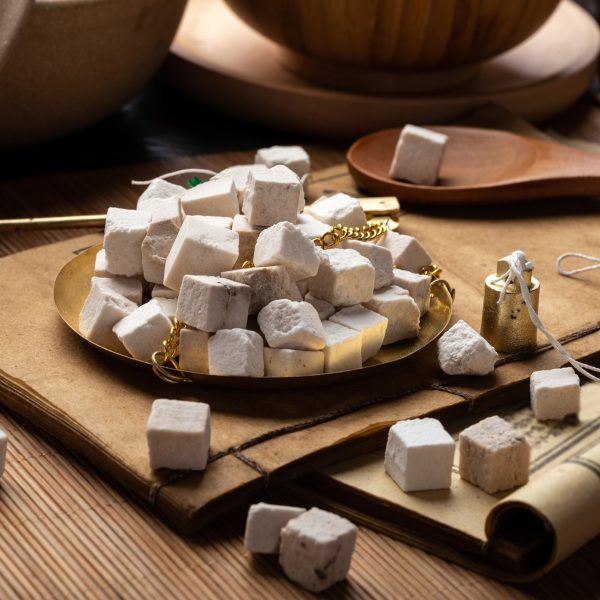
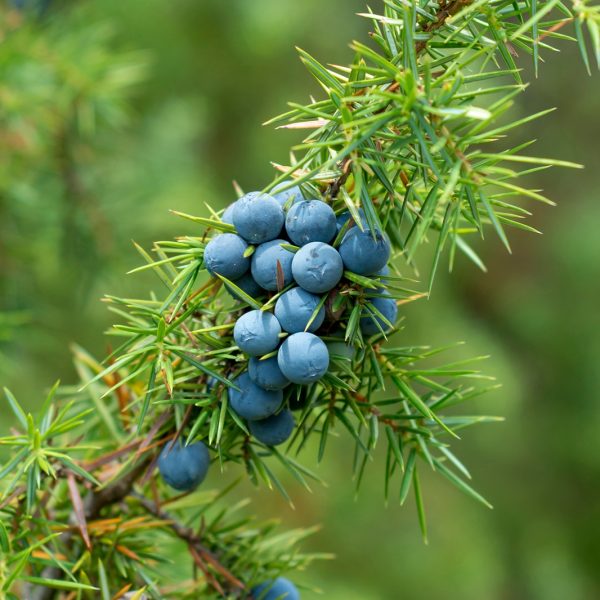












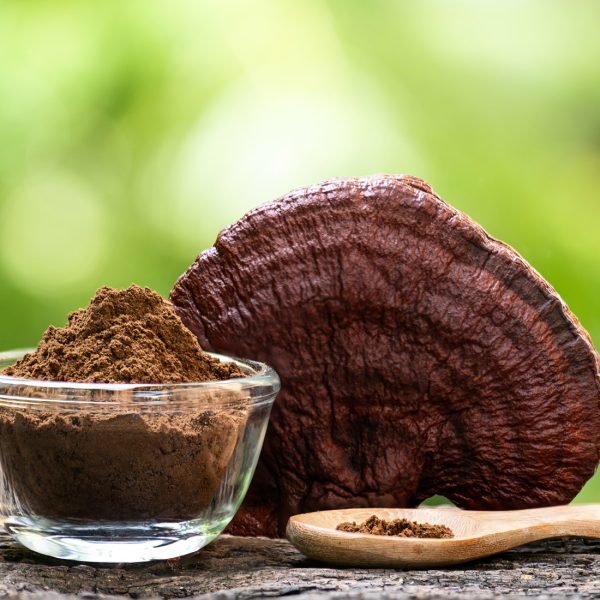
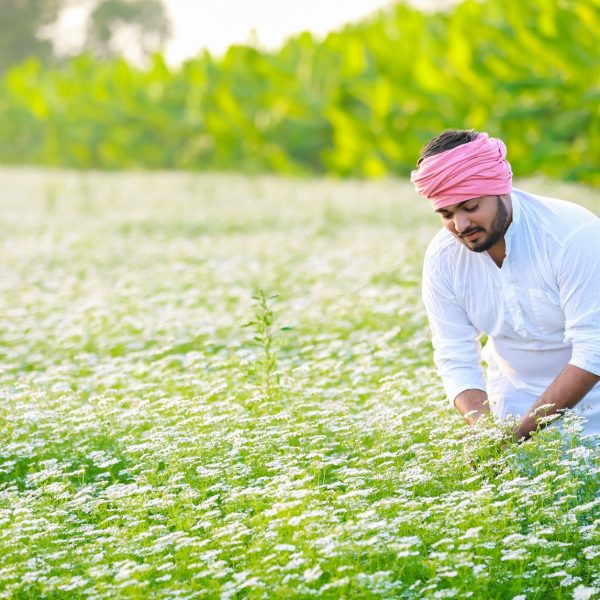
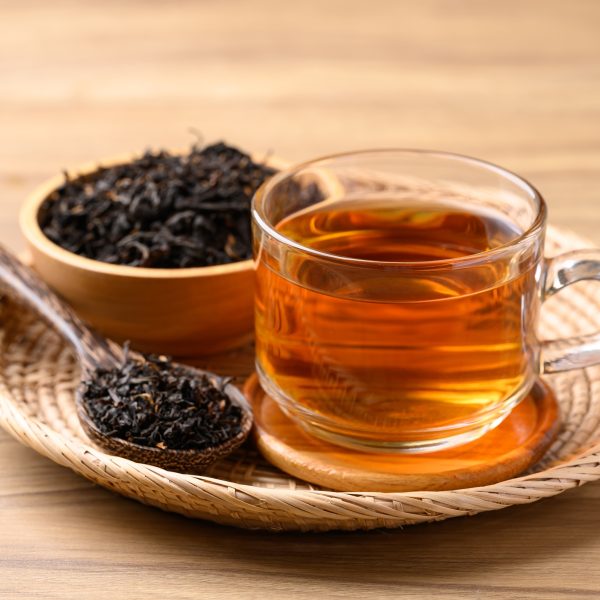
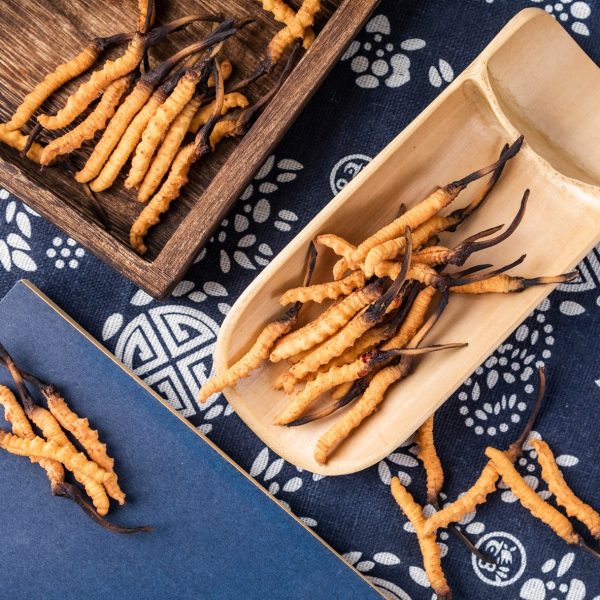










 False unicorn root should only be used under the supervision of a medical herbalist and only when all other herbs have failed to produce the desired results. This is largely due to the fact that false unicorn root is an ‘at risk’ plant but also because many of its common applications for reproductive conditions and fertility need to be addressed by an experienced practitioner.
False unicorn root should only be used under the supervision of a medical herbalist and only when all other herbs have failed to produce the desired results. This is largely due to the fact that false unicorn root is an ‘at risk’ plant but also because many of its common applications for reproductive conditions and fertility need to be addressed by an experienced practitioner. Reproductive system
Reproductive system





